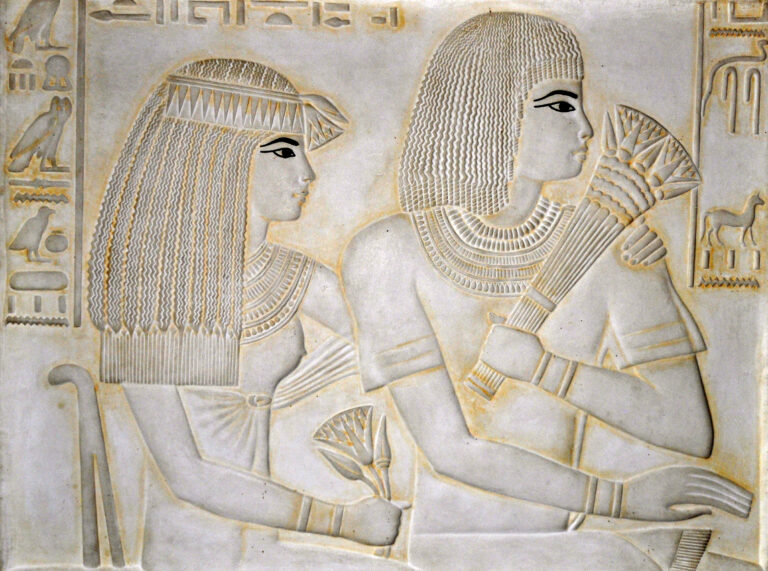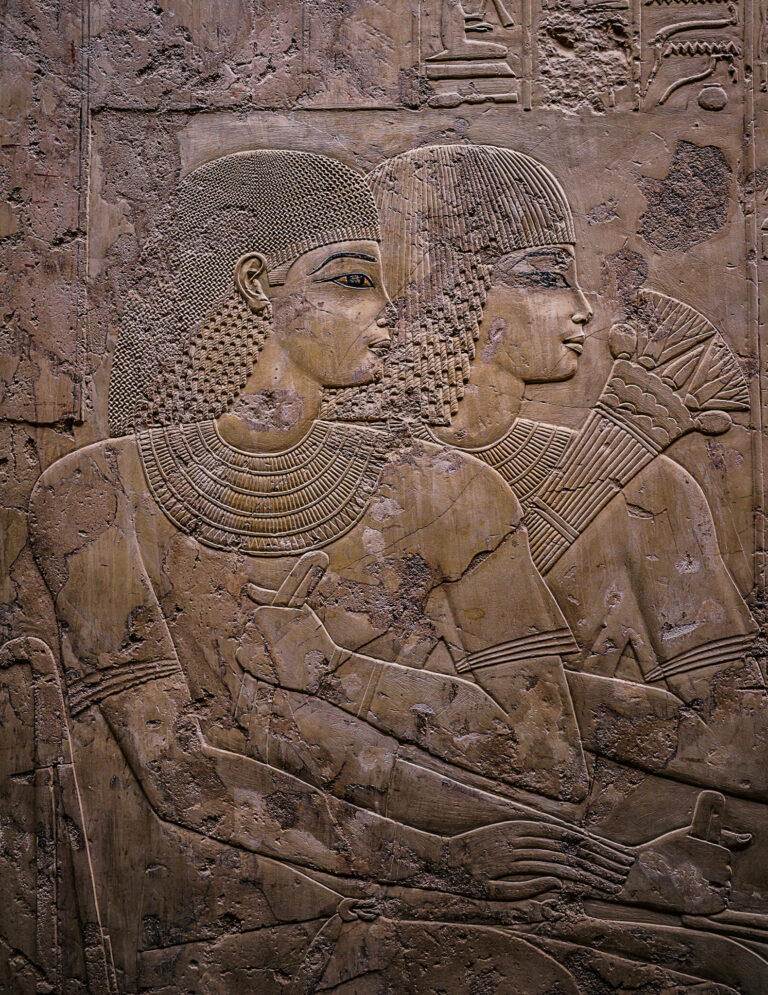Revealing the Mysteries of TT55, the Tomb of Ramose in Sheikh Abd el-Qurnah, Luxor (1411–1375 BCE)

TT55, the tomb of Ramose, located in Sheikh Abd el-Qurnah, Luxor, stands as an extraordinary testament to ancient Egyptian civilization, dating back to the period of 1411–1375 BCE. This archaeological marvel offers a captivating glimpse into the life and legacy of Ramose, a high-ranking official during the reign of Amenhotep III.
Carved into the rocky cliffs on the West Bank of the Nile, TT55 showcases intricate hieroglyphs, vivid wall paintings, and detailed reliefs that narrate the story of Ramose’s life, his prestigious career, and his journey into the afterlife. The tomb’s architectural design reflects the religious beliefs and funerary practices of the time, providing valuable insights into the cultural and spiritual aspects of ancient Egyptian society.

The burial site consists of multiple chambers, each serving a specific purpose in the funerary rites. Visitors can witness scenes depicting religious rituals, offerings, and depictions of the deceased’s journey through the afterlife. Notable are the depictions of Ramose receiving blessings from various deities, emphasizing his status and the divine connection believed to accompany him into eternity.
The artistry and attention to detail in TT55 reflect the importance placed on ensuring a successful transition to the afterlife. The vivid colors and symbolic representations provide a window into the religious and cultural beliefs that shaped the worldview of the ancient Egyptians.
Excavations and ongoing research at TT55 continue to yield new discoveries, shedding light on the daily life, religious practices, and societal norms of this bygone era. The preservation efforts undertaken by archaeologists and conservators contribute to the understanding of Ramose’s role in ancient Egyptian history and the broader cultural context of the New Kingdom period.
In summary, TT55, the tomb of Ramose, is a captivating archaeological site that invites modern-day explorers to connect with the past. Its rich artistic and historical significance makes it a valuable treasure trove for researchers, historians, and enthusiasts eager to unravel the mysteries of ancient Egypt.
